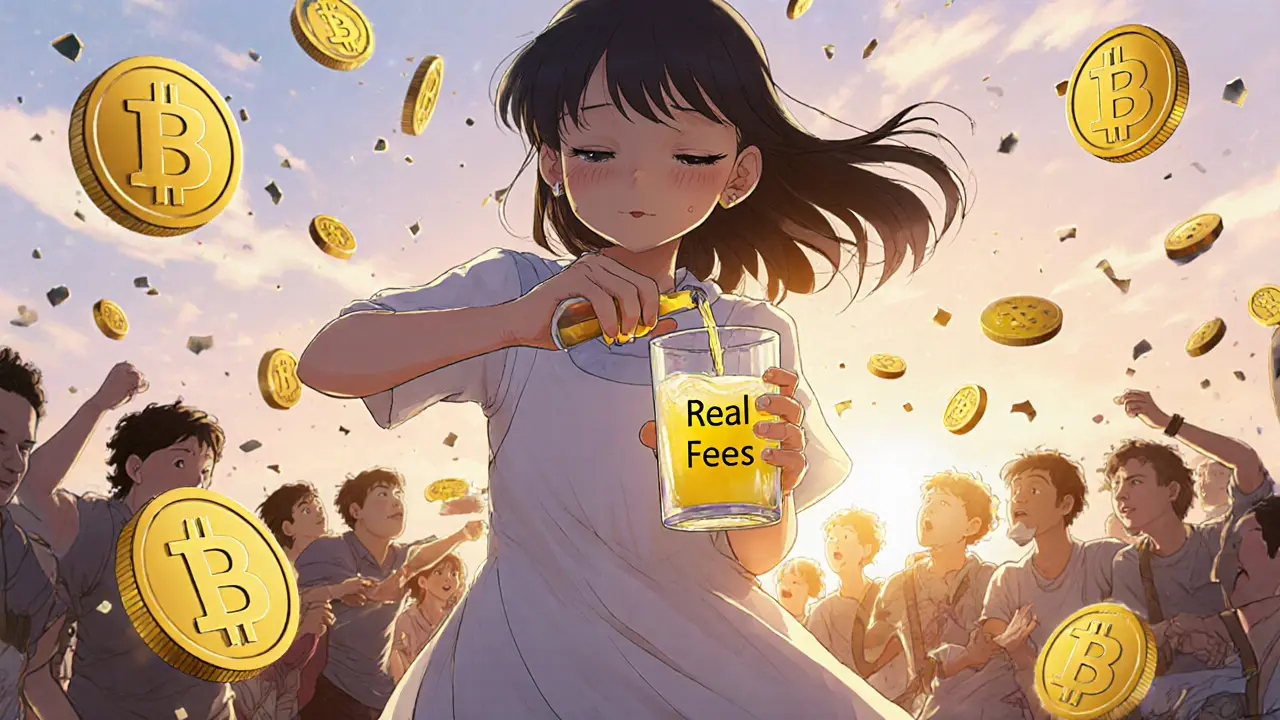Crypto Rewards: How to Earn Crypto Without Trading or Investing
When you hear crypto rewards, earnings you get just for using or supporting a blockchain project, not by buying or trading. Also known as crypto incentives, these are how many Web3 projects get users to try their tools without asking for money upfront. It’s not magic—it’s a system. Projects give away tokens to attract users, reward participation, or test their networks. You don’t need to be a trader. You just need to do something useful—like holding a token, voting in a DAO, or finishing a short lesson.
One major type of crypto rewards is crypto airdrops, free tokens sent to wallets of people who meet simple criteria, like holding a specific coin or joining a community. Also known as token distributions, they’re often used to kickstart new platforms. But not all are real. Some, like the fake PLGR airdrop or the non-existent LARIX drop, are scams pretending to be free money. Others, like the EQ Equilibrium X Republic airdrop, actually gave out real tokens to real users. Knowing the difference saves you from losing time—and money. Then there’s staking rewards, earnings you get for locking up your crypto to help secure a blockchain network. Also known as proof-of-stake income, this is how networks like Polkadot and Ethereum pay you to keep things running. You don’t need fancy gear. Just hold your coins in a supported wallet and let the system do the work. Another growing trend is learn-to-earn crypto, getting paid in tokens for watching videos, reading guides, or passing quizzes about blockchain. Also known as education-based rewards, this model turns learning into income. But be careful—some, like Web3Shot (W3S), fake prices and pretend to have a platform when they don’t. Real ones, like MyShell’s ecosystem, actually pay users who build AI agents. And don’t forget governance tokens, coins that let you vote on changes to a blockchain, often with rewards for participating. Also known as DAO voting tokens, these turn passive holders into active contributors. Projects like those using quadratic voting or liquid democracy give you more influence the more you engage.
These systems aren’t just for techies. A freelancer in Costa Rica might earn crypto by using a decentralized wallet. A student in Nigeria might get tokens for finishing a crypto course. A grandma in Germany might earn rewards just for holding a stablecoin. The common thread? You’re not gambling—you’re contributing. And the best part? You don’t need to buy anything to start. Just find a real project, follow the steps, and keep your wallet safe. Below, you’ll find real breakdowns of what’s working, what’s fake, and how to avoid the traps that steal time, not tokens.
Sustainable vs Unsustainable Yield Farming in Blockchain
Learn how to tell the difference between sustainable and unsustainable yield farming in DeFi. Avoid rug pulls and find real, long-term crypto rewards backed by actual revenue.
